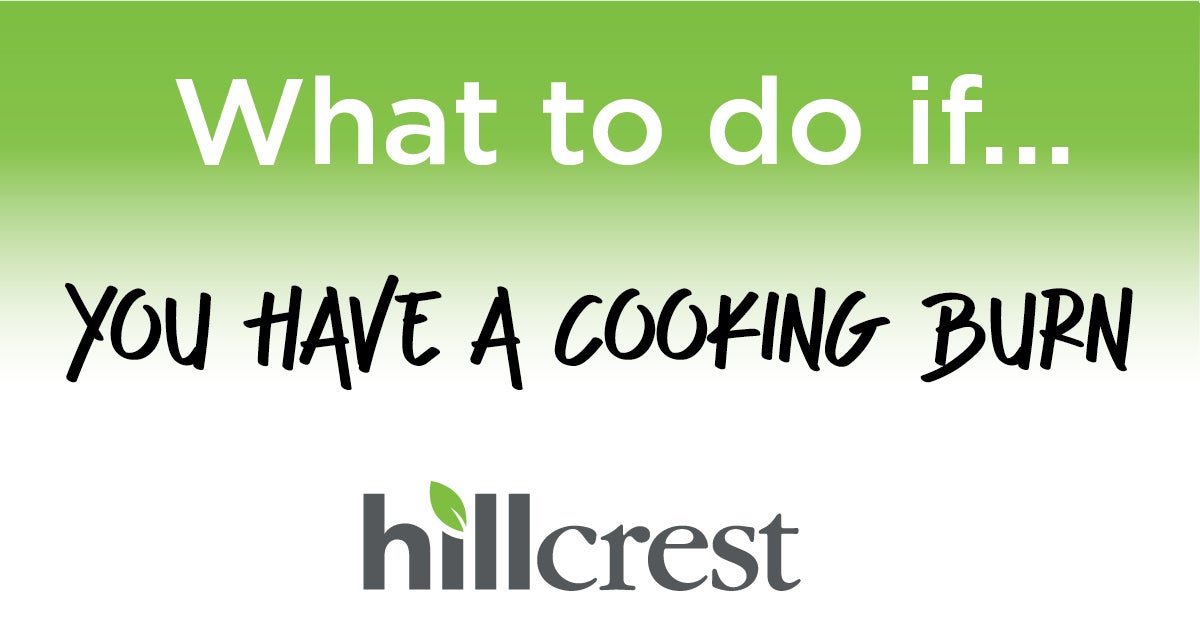
Accidents in the kitchen happen to the best of us. Whether it’s a splash of hot oil, a spill of boiling water or contact with a hot surface, burns are a common kitchen injury. Dr. Weera Chainakul, medical director of the Alexander Burn Center at Hillcrest Medical Center, shares what to do, and not to do, if you burn yourself while cooking.
What to do:
1. Stay calm and assess the burn to determine how severe it is.
- First-degree burns affect the outermost layer of the skin causing only redness and mild swelling (like a sunburn)
- Second-degree burns affect deeper layers of the skin causing blisters, more intense pain and swelling
- Third-degree burns are the most severe, affecting the full thickness of the skin with a white, charred or leathery appearance. If you have a third-degree burn, it’s essential to seek medical attention immediately
2. Run cool water over the burn area with for 10 to 20 minutes
- If running water isn’t available, you can apply a clean, cool compress, but avoid ice or very cold water, as this can damage the skin further
3. Clean the burn gently with mild soap and water
4. Apply burn ointment or aloe vera
5. Cover the burn with a sterile bandage or gauze pad
6. Watch for signs of infection
- Infection symptoms include increased warmth, redness or swelling, pus or drainage coming from the burn, fever or chills
- If any of these signs appear, seek medical attention promptly
What not to do:
1. Run cold water over the burn
2. Use any greasy substances like butter, oils or toothpaste on the burn
3. Pop a burn blister
4. Scrub the burn
5. Apply a tight bandage or use cotton balls on the wound
A cooking burn can be a painful but treatable injury. By staying calm and following the proper first aid steps, you can minimize damage and promote faster healing. However, it’s important to know when to seek medical help. If you are burned and need non-emergent medical care, please call 918-579-4580.
